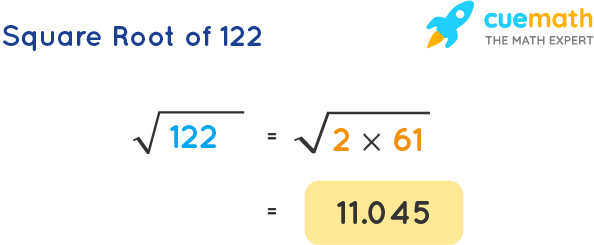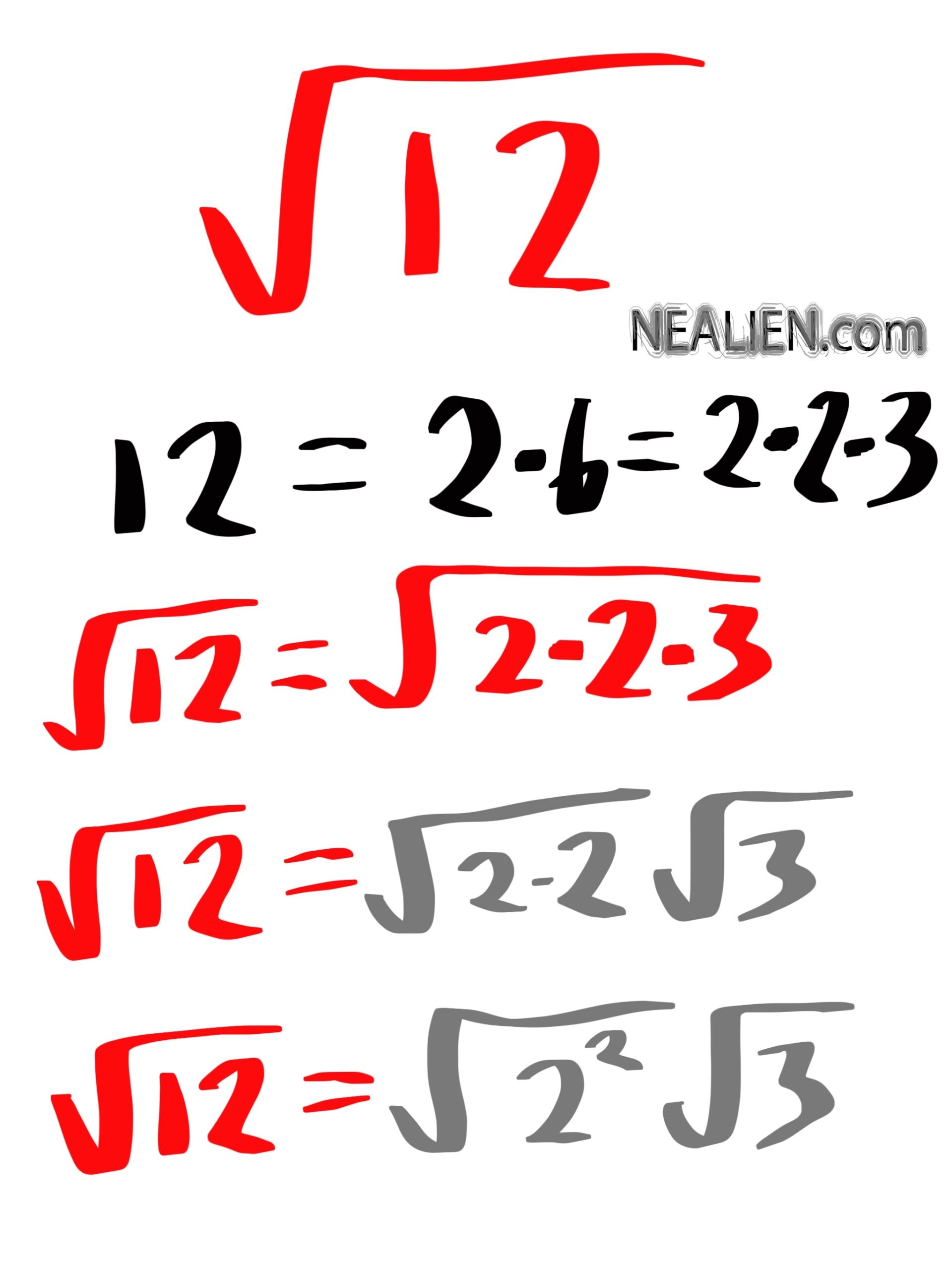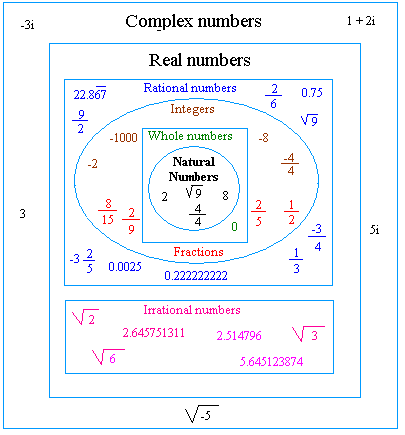Topic 1/square root of 2/2: The mathematical expression 1/square root of 2/2 appears frequently in trigonometry and algebra. Simplifying this expression involves rationalizing the denominator to achieve a form that is easier to understand and use in calculations. Understanding the simplification process helps in various mathematical problems and proofs, enhancing problem-solving skills.
Table of Content
Simplification of Mathematical Expression
In this section, we will explore the simplification of the mathematical expression involving the square root of 2 divided by 2. This expression is commonly encountered in various mathematical contexts, including trigonometry and algebra.
Mathematical Expression
The expression we are focusing on is:
\[ \frac{1}{\sqrt{2}/2} \]
Steps to Simplify
-
Multiply the numerator by the reciprocal of the denominator:
\[ \frac{1}{\frac{\sqrt{2}}{2}} = 1 \times \frac{2}{\sqrt{2}} \]
-
Multiply the fractions:
\[ 1 \times \frac{2}{\sqrt{2}} = \frac{2}{\sqrt{2}} \]
-
Rationalize the denominator:
\[ \frac{2}{\sqrt{2}} \times \frac{\sqrt{2}}{\sqrt{2}} = \frac{2\sqrt{2}}{2} = \sqrt{2} \]
Final Simplified Form
The final simplified form of the expression is:
\[ \sqrt{2} \]
Related Problems
- Simplifying \(\frac{1}{\sqrt{2}}\): This can be rationalized to \(\frac{\sqrt{2}}{2}\).
- Finding the exact value of \(\cos^{-1}(-\frac{\sqrt{2}}{2})\): This results in angles \(135^\circ\) or \(225^\circ\) in standard position.
- Simplifying trigonometric functions involving \(\frac{1}{\sqrt{2}}\): Common in solving problems like \(\sin(x) = \frac{1}{\sqrt{2}}\).
These steps and related examples illustrate how the simplification of radical expressions is fundamental in various mathematical problems and can be approached systematically to achieve a clear and rationalized form.

READ MORE:
Introduction
The expression \( \frac{1}{\sqrt{2}/2} \) appears frequently in various fields of mathematics, especially in trigonometry and algebra. Simplifying this expression involves rationalizing the denominator, which can make it easier to understand and use in calculations. This section will provide a step-by-step guide to simplifying \( \frac{1}{\sqrt{2}/2} \), enhancing your mathematical problem-solving skills.
To simplify \( \frac{1}{\sqrt{2}/2} \), follow these steps:
- Identify the expression and note that dividing by \( \frac{\sqrt{2}}{2} \) is the same as multiplying by its reciprocal.
- Multiply the numerator by the reciprocal of the denominator:
- Reciprocal of \( \frac{\sqrt{2}}{2} \) is \( \frac{2}{\sqrt{2}} \).
- Thus, \( \frac{1}{\sqrt{2}/2} = 1 \times \frac{2}{\sqrt{2}} \).
- Simplify the resulting expression:
- Combine the fractions: \( \frac{2}{\sqrt{2}} \).
- Rationalize the denominator by multiplying both the numerator and denominator by \( \sqrt{2} \): \[ \frac{2 \times \sqrt{2}}{\sqrt{2} \times \sqrt{2}} = \frac{2\sqrt{2}}{2} = \sqrt{2}. \]
Therefore, \( \frac{1}{\sqrt{2}/2} = \sqrt{2} \).
Understanding how to simplify such expressions is crucial for solving more complex mathematical problems, and it also provides a foundation for understanding other mathematical concepts.
Mathematical Simplification
The mathematical expression \( \frac{1}{\frac{\sqrt{2}}{2}} \) can be simplified step-by-step to make it more manageable.
-
Step 1: Recognize that the denominator \( \frac{\sqrt{2}}{2} \) can be rewritten by multiplying both the numerator and the denominator by 2 to eliminate the fraction:
\[
\frac{1}{\frac{\sqrt{2}}{2}} = \frac{1}{\frac{\sqrt{2} \cdot 2}{2 \cdot 2}} = \frac{1 \cdot 2}{\sqrt{2}} = \frac{2}{\sqrt{2}}
\] -
Step 2: Rationalize the denominator by multiplying both the numerator and the denominator by \( \sqrt{2} \):
\[
\frac{2}{\sqrt{2}} \cdot \frac{\sqrt{2}}{\sqrt{2}} = \frac{2 \cdot \sqrt{2}}{(\sqrt{2})^2} = \frac{2\sqrt{2}}{2} = \sqrt{2}
\] -
Step 3: The simplified form of \( \frac{1}{\frac{\sqrt{2}}{2}} \) is therefore \( \sqrt{2} \).
Understanding these steps helps in comprehending how fractions and radicals can be manipulated to simplify complex expressions. This approach is useful in various fields of mathematics and its applications.
Trigonometric Context
The expression \( \frac{1}{\sqrt{2}/2} \) is significant in trigonometry, particularly in the context of angles and their sine and cosine values. To fully understand this expression, it's useful to explore its simplification and application in trigonometric identities.
First, simplify the expression \( \frac{1}{\sqrt{2}/2} \):
- Multiply the numerator and the denominator by 2 to eliminate the fraction in the denominator:
- \[ \frac{1 \times 2}{\left(\frac{\sqrt{2}}{2}\right) \times 2} = \frac{2}{\sqrt{2}} \]
- Next, rationalize the denominator by multiplying the numerator and the denominator by \( \sqrt{2} \):
- \[ \frac{2 \times \sqrt{2}}{\sqrt{2} \times \sqrt{2}} = \frac{2\sqrt{2}}{2} = \sqrt{2} \]
This simplified form, \( \sqrt{2} \), is directly related to trigonometric values of certain angles.
For instance, in trigonometry:
- The sine and cosine of a 45-degree angle (or \( \pi/4 \) radians) are both \( \frac{\sqrt{2}}{2} \).
- This means that: \[ \sin(45^\circ) = \cos(45^\circ) = \frac{\sqrt{2}}{2} \]
- Thus, the original expression \( \frac{1}{\sqrt{2}/2} \) can be seen as: \[ \frac{1}{\sin(45^\circ)} \text{ or } \frac{1}{\cos(45^\circ)} \]
This relationship is useful in various trigonometric identities and calculations, making it a fundamental concept in the study of trigonometry.
Historical Significance
The concept of the square root of 2 has a rich historical significance, tracing back to ancient civilizations. The Pythagoreans were among the first to discover its properties, realizing that the square root of 2 is an irrational number, which was a groundbreaking revelation at the time. This discovery is often attributed to the Greek mathematician Hippasus.
In ancient Babylon, clay tablets from as early as 1800 BC show that they had approximated the value of the square root of 2 to a high degree of accuracy. Similarly, ancient Indian texts, such as the Sulba Sutras, also provide methods for approximating the square root of 2, demonstrating an advanced understanding of mathematics.
The use of the square root of 2 in geometric constructions was well-documented in Roman architecture. Vitruvius, a Roman architect, described a technique called the ad quadratum method, which used the diagonal of a square to double its area, effectively employing the square root of 2.
Throughout history, the square root of 2 has been pivotal in the development of mathematical theory and practice. Its discovery and the subsequent understanding of irrational numbers marked a significant milestone in the evolution of mathematics.

Geometric Applications
The expression \( \frac{1}{\sqrt{2}/2} \) often arises in various geometric contexts. One significant application is in understanding the properties of right triangles and the unit circle in trigonometry.
Here are some key geometric applications:
- **Unit Circle**: In the unit circle, the coordinates of points corresponding to common angles (30°, 45°, 60°) involve values like \( \frac{\sqrt{2}}{2} \). For instance, at 45°, both sine and cosine values are \( \frac{\sqrt{2}}{2} \).
- **45-Degree Right Triangle**: In a 45-45-90 triangle, the legs are equal, and the hypotenuse is \( \sqrt{2} \) times the length of each leg. Thus, if the legs are of length 1, the hypotenuse is \( \sqrt{2} \).
- **Pythagorean Theorem**: This theorem, fundamental to geometry, shows that in a right triangle, the square of the hypotenuse (the side opposite the right angle) is equal to the sum of the squares of the other two sides. This often results in expressions involving \( \sqrt{2} \).
- **Geometric Constructions**: Techniques such as doubling the area of a square involve the diagonal of the square, which is \( \sqrt{2} \) times the side length of the square.
- **Irrational Numbers**: The discovery of the irrationality of \( \sqrt{2} \) was significant in ancient Greek mathematics, demonstrating that not all quantities can be expressed as the ratio of integers.
These applications illustrate the fundamental role of \( \frac{1}{\sqrt{2}/2} \) in geometric contexts, providing critical insights into both theoretical and practical aspects of geometry.
Computational Methods
Understanding how to compute values such as involves a combination of algebraic manipulation and numerical techniques. Here, we delve into methods for simplifying and computing such expressions accurately.
-
Algebraic Simplification: The initial step involves algebraic simplification. For instance, simplifying is achieved by multiplying the numerator by the reciprocal of the denominator:
-
Decimal Approximation: Converting the simplified expression to a decimal form provides practical usability. The value of is approximately 1.414. Therefore, simplifies to:
-
Iterative Methods: For more complex roots, iterative methods such as the Newton-Raphson method provide enhanced precision. This method uses the function and its derivative to iteratively approach the root:
- Start with an initial guess, .
- Use the formula to find successive approximations.
- Continue until the desired precision is reached.
-
Piecewise Linear Approximations: For ranges of values, a piecewise linear approximation can offer a practical solution. This involves breaking the function into segments and approximating each segment linearly:
These computational methods highlight the blend of algebraic manipulation and numerical techniques essential for precise calculations in mathematical and scientific contexts.
Practical Applications
The mathematical expression 1/(\sqrt{2}/2), simplified as 2/\sqrt{2} or simply \sqrt{2}, has a wide range of practical applications across various fields. Here are some key areas where this value is particularly useful:
- Geometry and Trigonometry: The value of
\sqrt{2}is crucial in calculating the lengths and angles in right-angled triangles. It is especially important for problems involving 45° angles, where the ratios of the sides are often in the form of1/\sqrt{2}. This simplifies to\sqrt{2}/2, representing the sine and cosine of 45° and 225° angles. - Physics: In physics,
\sqrt{2}is used to decompose forces into components, analyze wave functions, and solve problems involving periodic motion and harmonics. For instance, when dealing with forces at 45° angles, the components can be expressed using\sqrt{2}/2to simplify calculations. - Engineering: Engineers often use
\sqrt{2}in designing components and structures that require precise calculations of stress and tension, particularly when dealing with load distributions at specific angles. This value helps in ensuring accuracy and stability in designs. - Computer Graphics: In computer graphics and 3D modeling,
\sqrt{2}is essential for calculations involving transformations, rotations, and scaling of objects. It helps in determining light angles and reflections to achieve realistic shading and rendering effects. - Music Theory: The concept of
\sqrt{2}also appears in music theory, particularly in the tuning of musical instruments where specific interval ratios are crucial for harmonics. The equal temperament tuning system uses this ratio to divide the octave into twelve equal parts, each a semitone apart.
These applications illustrate the versatility and importance of \sqrt{2} in both theoretical and practical contexts. Understanding this value not only enhances problem-solving skills in mathematics but also provides valuable insights into its role in various scientific and engineering disciplines.
Căn Bậc Hai Của 2
READ MORE:
Đánh Giá y = sin^(-1)(sqrt(2)/2)














